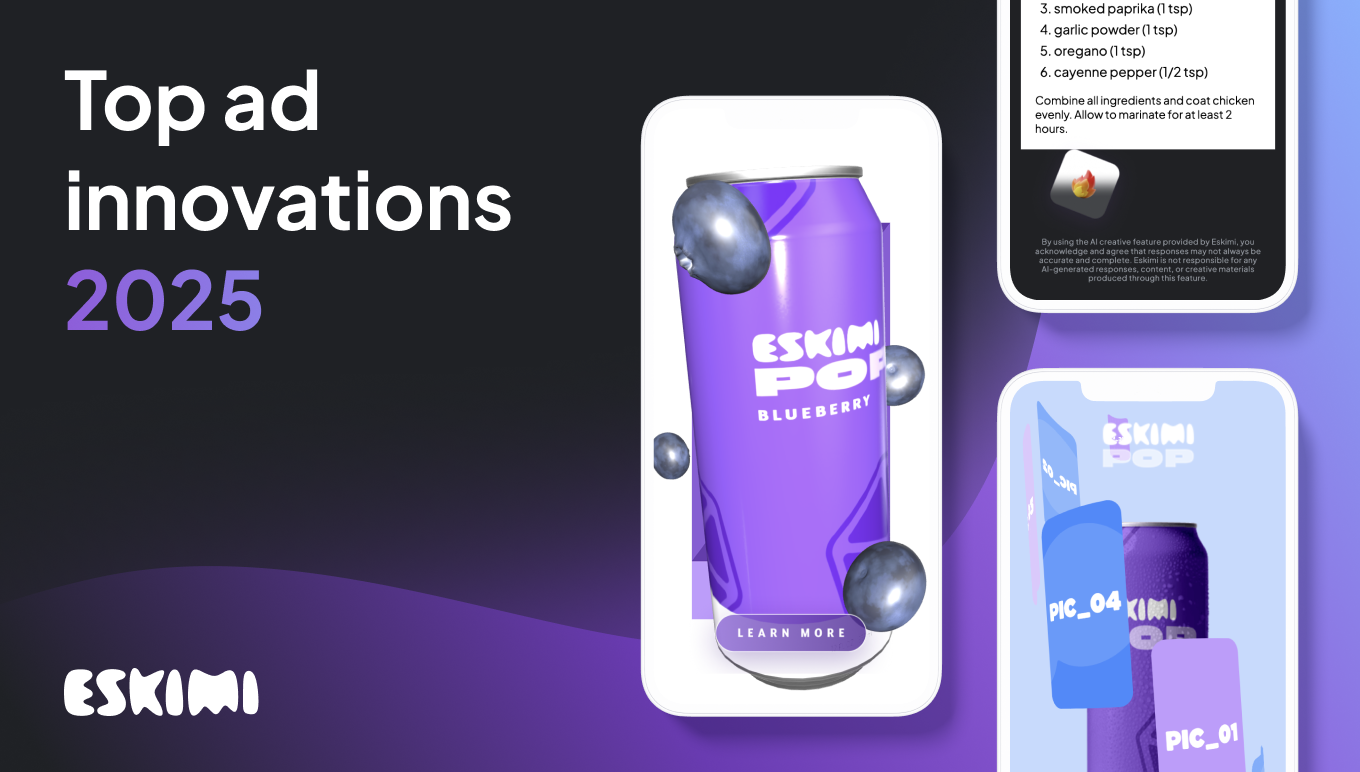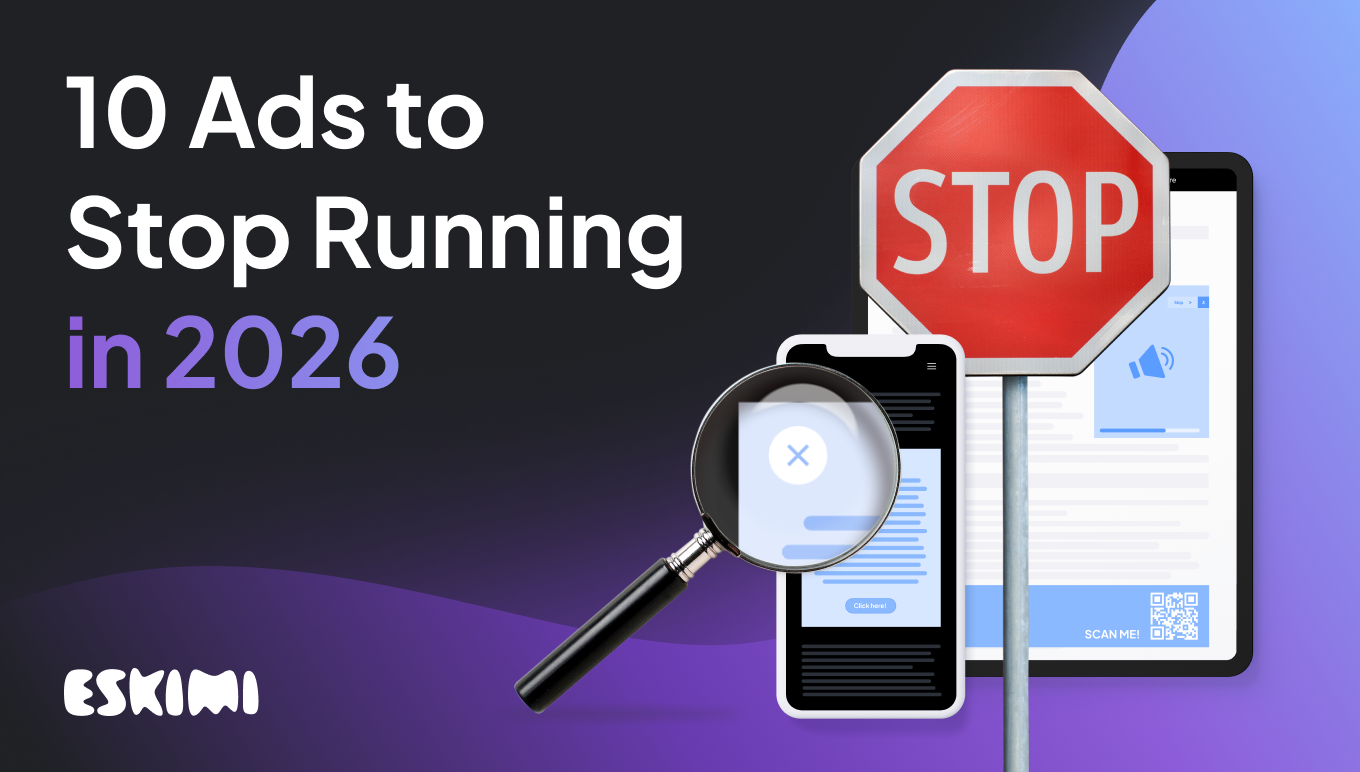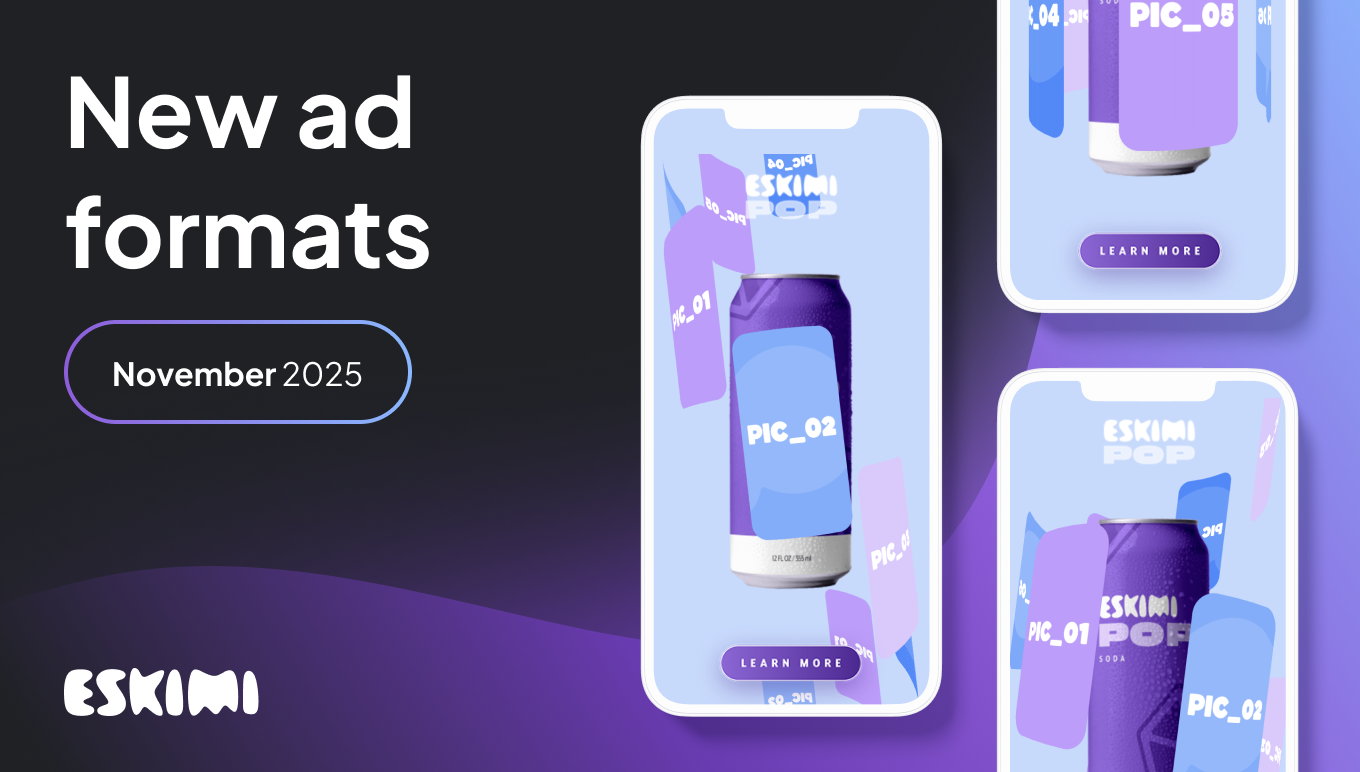Benefits Of Multichannel Advertising: In-Game & Display

Have you ever thought about combining two very different channels to maximize your advertising efforts?
You may think that display, one of the most common advertising channels, and in-game, something that’s still new but is been growing rapidly, can only work on its own. However, discussions with industry experts might actually prove you wrong.
We decided to ask advertising professionals to share their experiences and best practices for combining display and in-game advertising and what are the best ways to measure their effectiveness.
Sit back, absorb knowledge, and use it to your advantage.

What are your best practices for implementing multichannel advertising campaigns that combine in-game and display advertising?
When implementing multichannel advertising campaigns combining in-game and display advertising, my best practices include comprehensive audience analysis, personalization, A/B testing, and optimization.
By experimenting with different ad formats, placements, messaging variations, and targeting parameters, we can optimize the campaign for better performance. Continuous monitoring and optimization are essential to achieve desired outcomes and ensure maximum return on investment.
How do you benefit from combining in-game and display advertising?
I think there are several benefits here: increased reach and enhanced engagement would be the first ones for sure. But what is very interesting here is the fact that we can get data-driven insights: Combining in-game and display advertising allows for comprehensive data collection and analysis.
We can gather user behavior and engagement data from both channels, enabling us to gain valuable insights into audience preferences, ad performance, and attribution. These insights contribute to optimizing campaign strategies, refining audience targeting, and improving overall ROI.
How can marketers measure the effectiveness of multichannel advertising campaigns?
Marketers can measure the effectiveness of multichannel advertising campaigns by tracking conversions, using multi-touch attribution models, monitoring cross-channel engagement metrics, conducting brand awareness studies, analyzing audience insights, evaluating ROI, performing A/B testing, and utilizing cross-channel analytics platforms.
These measurement techniques provide valuable insights into campaign performance, enabling optimization and data-driven decision-making.

What are your best practices for implementing multichannel advertising campaigns that combine in-game and display advertising?
The most important tip we can provide – don’t use your existing display ad banners for in-game and assume it will work.
In-game ad placements, while the same size as display ad placements, should be created with a focus on the in-game environment itself.
This means little/no small descriptive text (gamers aren’t going to read it!), shorter videos (up to 6 seconds which can play on a loop if the user views it for longer than 6 seconds), and making the logo of the brand visible, ideally somewhere in the front and center.
Can in-game and display advertising combinations boost reach?
In-game and display advertising can work together to boost reach, but there is currently vastly more display ad inventory than it is in-game, so bear this in mind when splitting budgets between the two channels.
What key metrics should marketers track when evaluating the success of multichannel advertising campaigns?
In-game ad placements are, for the most part, non-clickable, so your typical brand awareness metrics will be useful here – impressions, reach, etc.

What are your best practices for implementing multichannel advertising campaigns that combine in-game and display advertising?
- Understanding your target audience: It helps you categorize them by tastes, demographics, and behaviors. Thus, you can customize messaging and choose the best channels for the specific needs of the campaign. Customized content can boost engagement and lower costs.
- Cross-Channel Integration: In-game and display ads can work together seamlessly. Display ads can direct to website landing pages or app downloads, which in return lead to exposure to in-game ads. Also, in-game ads give access to new-age demographics that can’t be reached by other forms of digital advertising.
- Data and Analytics: Data is your best friend. Monitor impressions, click-through rates, conversions, and engagement. Use this data to choose messaging, creative, and channels. Try new combinations and refine your campaign based on data.
How effective are in-game and display advertising combinations in reaching a wider audience via multichannel campaigns?
As a gamer myself, I spend most of my online activity playing games, chatting in lobbies and forums, so I know how hard it is for advertisers to reach us.
Using in-game ads which don’t disturb the user and feel like a part of a game boosts the overall experience, which in return increases the possibility of connecting the advertised product with positive emotion.
Combining the two channels ensures that we track like-minded people that share similar interests but don’t have similar online activities.
How can marketers measure the effectiveness of multichannel advertising campaigns?
CTR and VTR are always great ways to measure the effectiveness of our ads, but in the case of non-clickable in-game ads, we must rely on other metrics, such as attention or user feedback.
We also want to compare how different age groups responded on display vs in-game.
Each advertising channel is superior for a specific audience, but it’s never the best option for everything. If we successfully reached people of certain interests and age groups that weren’t available on another channel, that’s a good sign.

What are your best practices for implementing multichannel advertising campaigns that combine in-game and display advertising?
We have gained valuable knowledge from working on advertising campaigns for top clients like Samsung and Cosmote in Greece. We have also applied expertise from Eskimi on such campaigns as Hot Wheels and Lays, which have yielded positive outcomes.
If you want to create successful advertising campaigns that use multiple channels, like in-game and display advertising, here are three best practices to consider:
- Tracking: Similar to display advertising, use third-party verification to track impression delivery, viewability, time in-view, and detect invalid traffic (IVT) in in-game campaigns. This helps optimize budget allocation and overall campaign success.
- Optimization: Experiment with different ad formats, placements, and messaging. Listen to AdOps specialists, monitor key metrics, and continuously test and optimize for better results.
- Consistent branding: While each channel has its own creative recommendations, like the one for in-game to use high-contrast creatives and avoid small details, it is important to maintain a consistent brand identity. Consistency in branding in multichannel campaigns reinforces recognition of your brand.
What is the impact of combining in-game and display advertising on customer engagement and brand memorability?
When you combine these two powerful channels, you can achieve top-of-mind awareness.
Gamers spend, on average, 12 hours per week playing, and effectively reaching out to audiences that are typically difficult to target or engage with is key to unlocking a whole new level of brand recognition.
Also, when it comes to in-game ads, the clutter is significantly reduced compared to websites or social media platforms. This streamlined environment allows your brand to stand out and be remembered more effortlessly.
What key metrics should marketers track when evaluating the success of multichannel advertising campaigns?
To understand how far your campaign reaches, we measure the total number of unique users and impressions across various channels and conduct brand recall surveys. With the help of Eskimi, we can also track additional metrics like viewability and the average time users spend viewing the ad.

What are your best practices for implementing multichannel advertising campaigns that combine in-game and display advertising?
I would put them into three segments or three steps:
- Identify your target audience and choose the games and platforms that match their preferences and behaviors.
- Create immersive and engaging ads that blend with the game environment and enhance the gaming experience.
- Use data and analytics to measure the performance and effectiveness of your ads across different channels and optimize your campaigns accordingly.
Can the combination of in-game and display advertising enhance customer experience?
The combination of in-game and display advertising can enhance customer experience by providing relevant and personalized ads that match the interests and needs of gamers.
You can offer rewards and incentives for interacting with the ads, such as in-game currency, items, or bonuses, and create positive brand associations by sponsoring or partnering with popular games, events, or influencers.
How can marketers measure the effectiveness of multichannel advertising campaigns?
By tracking key metrics, such as impressions, clicks, conversions, retention, engagement, and revenue across different channels and platforms; using attribution models to assign credit to each touchpoint along the customer journey and determine the ROAS for each channel; and conducting surveys and feedback to understand the attitudes, perceptions, and preferences of the gamers regarding the ads and the brands.
Conclusion
Focusing on only display, in-game, video, TV, or whatever else you can think of simply limits your options and opportunities, and in the digital space that’s full of advertising noise, this may quickly become an obstacle to further growth.
Each advertising channel has its own unique benefits, and combining them to create a multichannel strategy can significantly enhance the effectiveness of your campaigns.
Our experts strongly recommend avoiding the use of your existing display ad banners for in-game advertising, as it may not yield the desired results. Instead:
- Customize content tailored specifically for gamers and create immersive ads that seamlessly integrate with the gaming experience.
- Maintain maintain consistent brand identity across your advertising campaigns to strengthen brand recognition.
- Utilize data and analytics to measure the performance of your ads and focus on continuous monitoring and optimization.
By following these best practices and leveraging the benefits of in-game and display advertising, marketers can create powerful multichannel campaigns that engage the target audience, boost brand recognition, and drive meaningful results.
Level Up Your Advertising with Eskimi
- Reach 96% of Open Web
- 2,500+ Targeting Options
- 100% Managed or Self-Service
- In-House Creative Studio Team
- Display, Video, In-Game & CTV
- #1 Rated DSP on G2





